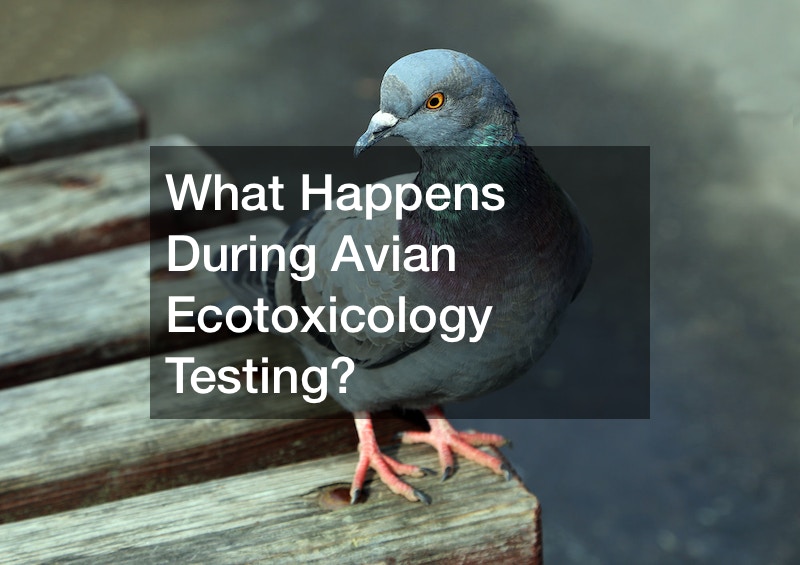What Happens During Avian Ecotoxicology Testing?


Due to the animal agriculture and vaccine production requirements, cell-based models in avian species have historically concentrated on virology. As scientists and governments adopt new approach methodologies, the usage of these models in avian ecotoxicology testing has gradually increased in recent years.
The lack of avian species-specific standards and the uncertainties surrounding extrapolating cell-based assay are significant factors to consider during testing.
Toxicologists have used these models in a wide range of research, including metabolic, maternal deposition, mechanical, and non-target analytical techniques, illustrating the extensive applicability of cell-based assays.
Ovo techniques are best suited for studying reproductive and early life stage development and metabolic analysis using primary cell cultures. Long-term studies require culture using cell lines, metabolic research using organ slices, and predictive analysis using organ-on-a-chip models. However, when deciding which model is most suited for the planned study, researchers must consider each model’s limits.
According to present data, future avian cell-based model testing might benefit from boosting metabolic conservation in whole replacement approaches and diversifying the species accessible in cell lines. Researchers should also investigate primary cell culture and in ovo procedures to improve effectiveness and further limit animal use.




Leave a Reply
You must be logged in to post a comment.